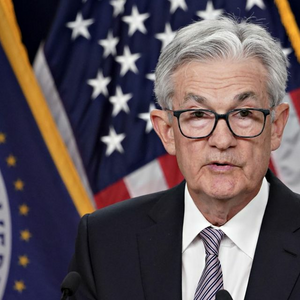
Markets Aren't Buying What the Fed Is Selling. There's a Good Reason.
- Article
- May 19, 2023
- #Finance #CentralBank #Inflation
The Federal Reserve, after raising overnight interest rates to “sufficiently restrictive” levels, has suggested its intent to leave them above 5% for as long as it takes to bring in...
Show More